About ShiningFiber

Shining Fiber is a high-tech company, your one-stop fiber optic manufacturer in China.
Contact Info
Address:
Dafu Industry Area, Longhua, Shenzhen, China
Whatsapp/Wechat/Skype:
+86-13651468164

Shining Fiber is a high-tech company, your one-stop fiber optic manufacturer in China.
Dafu Industry Area, Longhua, Shenzhen, China
+86-13651468164

Shining Fiber is a high-tech company, your one-stop fiber optic manufacturer in China.
Dafu Industry Area, Longhua, Shenzhen, China
+86-13651468164